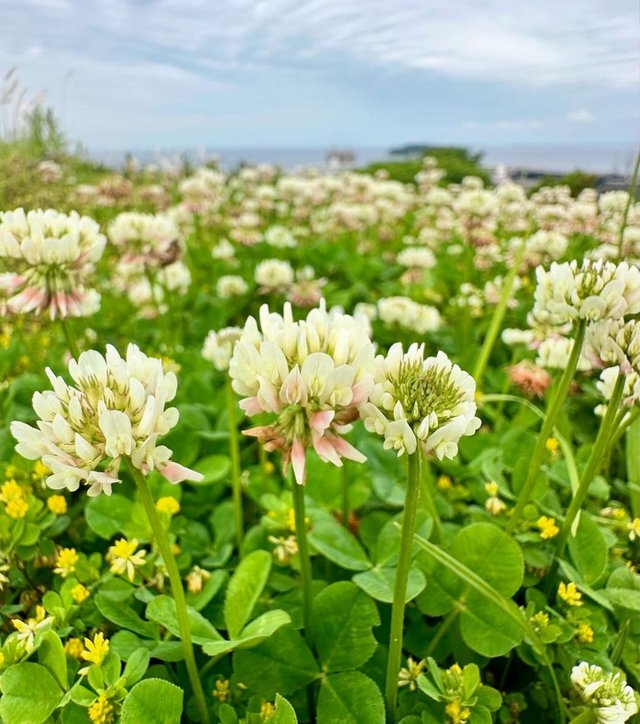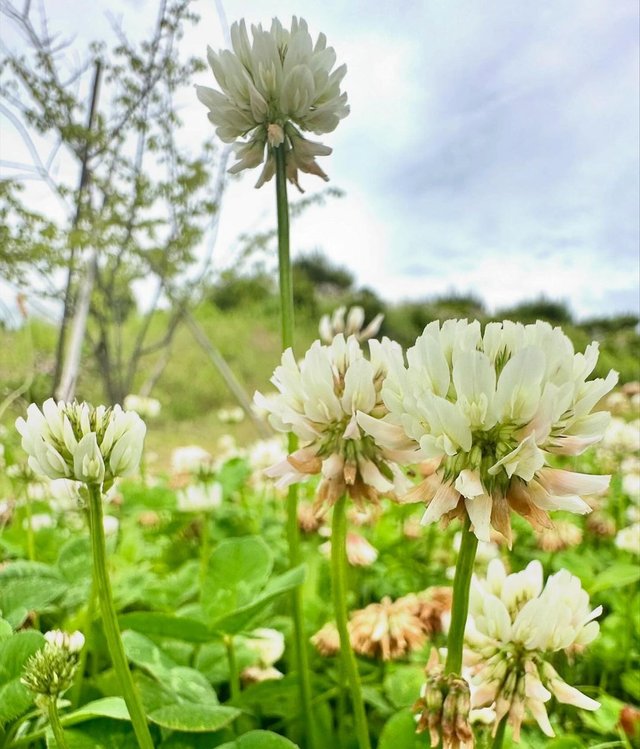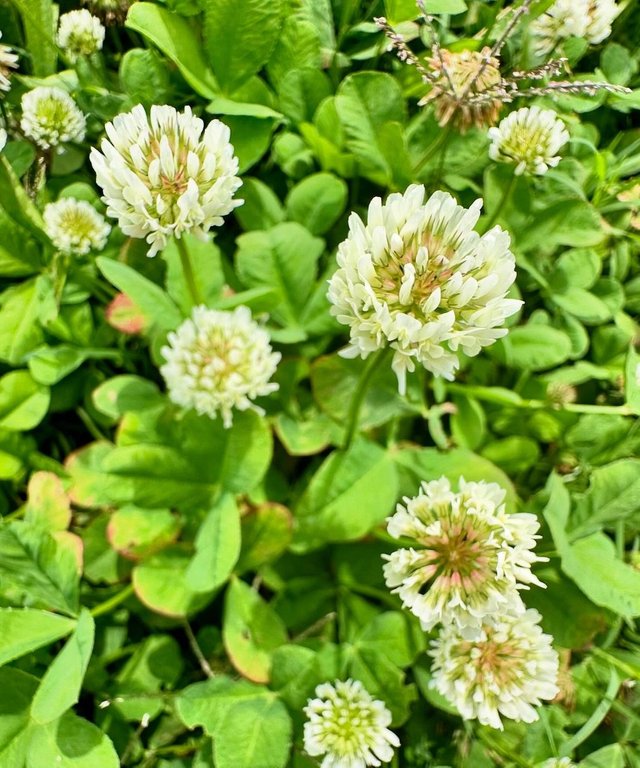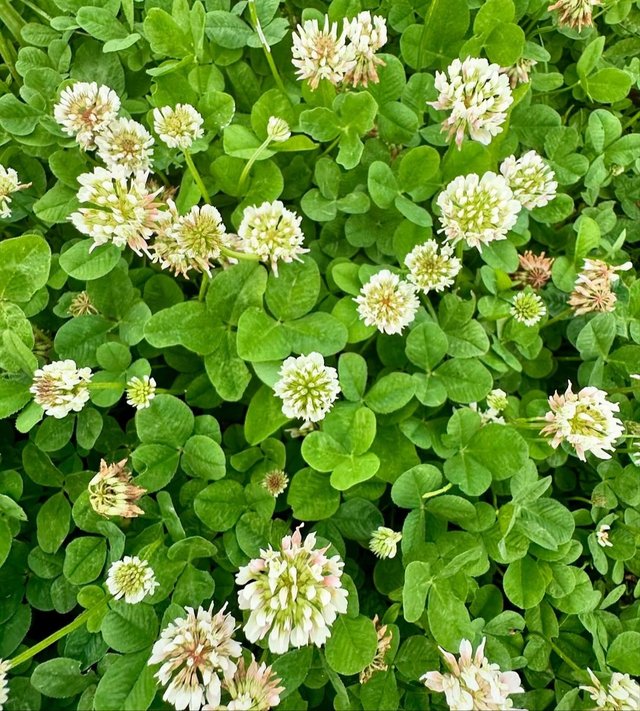Beautiful Colour Trifolium Alexandrinum Flower
Trifolium alexandrinum: An In-depth Look
Introduction
Trifolium alexandrinum, commonly known as berseem clover or Egyptian clover, is a valuable forage crop in many parts of the world. Native to the Mediterranean region, it is particularly well-suited to the climates of the Middle East, North Africa, and the Indian subcontinent. This leguminous plant plays a critical role in sustainable agriculture due to its excellent nutritional profile for livestock, its soil-enriching properties, and its utility in crop rotation systems.
Botanical Description
Trifolium alexandrinum is an annual herb that belongs to the Fabaceae family. The plant typically grows to a height of 30 to 80 centimeters and features a robust, erect stem with multiple branches. Its leaves are trifoliate, composed of three leaflets, each leaflet being obovate to elliptic in shape with finely serrated margins. The plant produces dense, cylindrical flower heads that are about 2 to 5 centimeters long, containing numerous small, white to pale yellow flowers. These flowers are highly attractive to bees and other pollinators, contributing to the plant's role in supporting local ecosystems.
Agronomic Importance
Berseem clover is renowned for its high biomass production and nutritional value, making it an excellent forage crop for dairy and beef cattle, as well as sheep and goats. It is rich in proteins, vitamins, and minerals, providing a balanced diet for livestock. The crop can be harvested multiple times a year, with each cutting yielding substantial forage, which can be fed fresh, ensiled, or dried as hay.
Cultivation Practices
Berseem clover thrives in well-drained, fertile soils with a neutral to slightly alkaline pH. It requires a moderate to high level of moisture, making it well-suited to irrigated agriculture. The crop is typically sown in the fall or early winter, depending on the region, and it benefits from moderate temperatures. Seedbed preparation involves thorough plowing and harrowing to ensure good seed-to-soil contact. Sowing rates vary but generally range from 20 to 25 kilograms per hectare.
Soil Enrichment
As a leguminous plant, Trifolium alexandrinum has the ability to fix atmospheric nitrogen through a symbiotic relationship with Rhizobium bacteria in its root nodules. This process enriches the soil with nitrogen, reducing the need for chemical fertilizers and improving soil fertility for subsequent crops.




